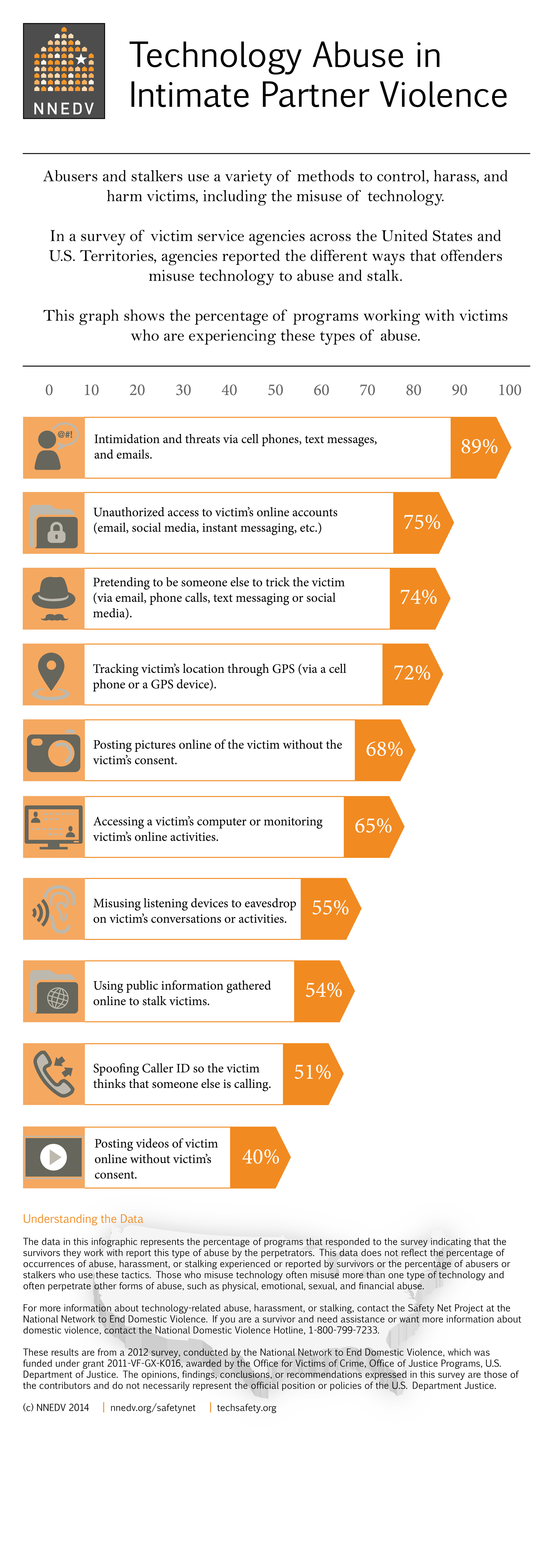Technology Summit 2014 Starts Today!
/Today is the first day of our 2014 Technology Summit in beautiful San Jose, CA. We are so excited to welcome advocates, law enforcement, and attorneys from all over the country, Guam, Canada, and Australia! The morning opened with remarks from NNEDV president and CEO Kim Gandy and Santa Clara County Supervisor Cindy Chavez, and the day will continue with presentations on what service providers need to know when abusers misuse technology to abuse, stalk, and harass.
In our 15 years of working on this issue, the most important thing that we’ve learned is how critical it is for everyone to work together and be a part of this conversation. The collective knowledge, skills, and expertise of everyone are needed to address the multifaceted needs of survivors and move forward towards an end to violence.
We are so thrilled to have so many people dedicated to supporting victims of domestic and sexual violence and stalking join us. To all our attendees, and all the advocates and service providers working to help victims, thank you for what you do every day. You never know how many lives you’ve changed in your work. The work you do not only changes the lives of women and men you serve, but their children’s lives and their children’s lives. Thank you for getting up every day and doing this important work.
We are looking forward to 3 more days of expert trainings and information from all 27 of our amazingly brilliant presenters. Follow us on Twitter and Instagram, #techsummit14, to follow the conversation.





